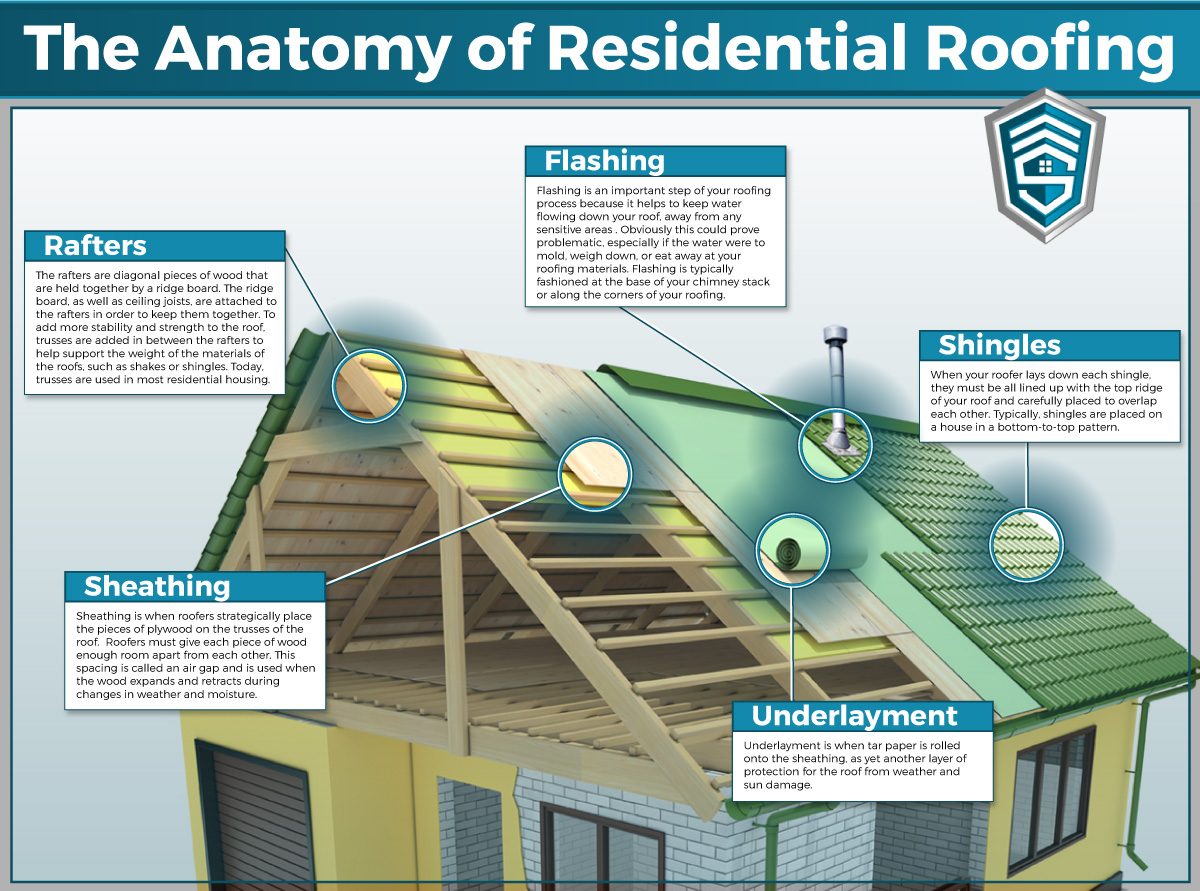The Influence Of Weather On Roof Covering Setup: Ideal Seasons And Issues For An Effective Project
The Influence Of Weather On Roof Covering Setup: Ideal Seasons And Issues For An Effective Project
Blog Article
Composed By-Lohmann Mouritzen
When it pertains to roof installments, the weather can make or damage the task. Visualize the stress of handling materials that will not cooperate because of severe warmth or battling slippery surface areas brought on by unanticipated rainfall. Comprehending the impact of weather on your roof task is crucial for a successful result. So, let's check out just how various weather components can influence the quality and durability of your roof installation, ensuring a work well done.
Influence of Temperature Level on Roofing Setup
When it pertains to roof covering installment, temperature plays a crucial function while doing so. The ideal temperature for roofing jobs generally drops between 45 and 85 degrees Fahrenheit. Severe warm can create products like shingles to come to be too pliable, causing potential damages throughout setup. On the other hand, cool temperature levels can make products fragile and susceptible to breaking. It's important to set up roof installations throughout moderate temperature levels to guarantee the most effective result.
Throughout cooler weather condition, professionals might require to take additional preventative measures such as using heated tools or allowing products to heat up before installation.
In contrast, hot weather may need job to be done previously or later on in the day to avoid the peak temperature levels. By taking into consideration the temperature and its results on roof covering materials, you can help guarantee an effective installment that will withstand the aspects for several years ahead.
Effect of Precipitation on Roofing Projects
Roofing jobs can be dramatically affected by rainfall, affecting both the timeline and the high quality of the installment. Rain or snow can create slippery conditions, making it risky for roofers to deal with a damp surface. In link web page , moisture can endanger the adhesion of materials like roof shingles or underlayment, bring about prospective leakages or damages in the future.
If it rains during a roofing job, the water can leak into susceptible locations, triggering hold-ups as the installation team should await the roof to dry prior to continuing. Extreme moisture can also advertise the growth of mold and mildew, further jeopardizing the stability of the roof covering.
To avoid these concerns, it's recommended to set up roof covering tasks throughout drier seasons or keep track of the weather report carefully to prepare around any type of possible rainstorms. By taking safety measures to work in favorable weather conditions, you can make sure a smoother and much more successful roof installation process.
Impact of Wind Speed on Installment Success
Throughout roofing installation, the speed of the wind plays a critical function in establishing the success of the job. High wind rates can position considerable difficulties to roofing professionals, potentially causing security dangers and quality concerns. When wind rates surpass recommended limits, it ends up being tough to deal with materials, increasing the risk of mishaps and damage to the roof covering materials. Strong gusts can additionally impact the accuracy of measurements and the precision required for appropriate installation.
To make sure an effective roof covering installment, it's vital to monitor and think about wind speeds. Preferably, roofing system setup should occur on days with reduced to modest wind rates. This not just boosts the safety and security of the workers however also boosts the general top quality of the installation.
Roofing tasks arranged throughout calm weather conditions are most likely to be finished successfully and with fewer errors. By taking try this website of wind rate projections and intending appropriately, you can assist ensure a smooth and successful roof installment procedure.
Final thought
So, when it pertains to roofing system setup, keep in mind to think about the weather conditions to make certain an effective task. Optimal temperature levels, dry problems, and modest wind rates are vital aspects to prioritize for a smooth installation process. By scheduling your job during the best seasons and suitable climate condition, you can attain a sturdy and lasting roofing that will certainly shield your home for years to come.
